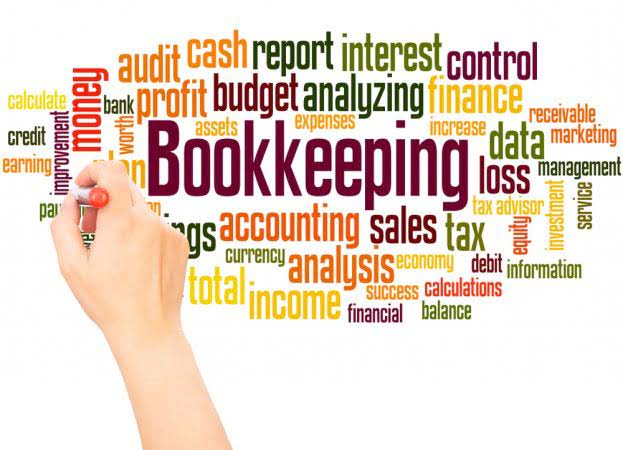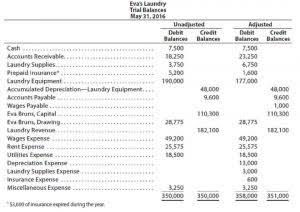
Keep in mind your probable contingent liabilities are a best estimate and make note that the actual number may vary. It is common for lenders to compare the debt to capital ratio of different companies to identify those with the least investment risk. As you can see with Amrish’s art gallery, due to a lower level of equities, the debt-to-capital ratio is rather high. The long-term debt ratio helps to project the long-term liabilities of a business. Whatever number you start with, for healthy growth, the number should gradually decrease.
Current Liabilities on the Balance Sheet
A financial professional will be in touch to help you shortly. Our writing and editorial staff are a team of experts holding advanced financial designations and have written for most major financial media publications. Our work has been directly cited by organizations including Entrepreneur, Business Insider, Investopedia, Forbes, CNBC, and many others. This team of experts helps Finance Strategists maintain the highest level of cash flow accuracy and professionalism possible. Finance Strategists has an advertising relationship with some of the companies included on this website.
- A common small business liability is accounts payable, or money owed to suppliers.
- If you’re unhappy with your net worth figure and believe liabilities are to blame, there are steps you can take.
- While liabilities & expenses are used in similar contexts, they are distinct accounting terms, & each plays a distinct role.
- It is an internal liability of the business and includes reserves and profits.
- Liability refers to a company’s legal financial debts or obligations that arise during business operations.
The debt ratio
Interest payable makes up the amount of interest you owe to your lenders or vendors. Interest payable can include interest from bills as well as accrued interest from loans or leases. A loan is considered a liability until you pay back the money you borrow to a bank or person. In totality, total liabilities are always equal to the total assets. Notes Payable – A note payable is a long-term contract to borrow money from a creditor. The most common notes payable are mortgages and personal notes.
What are current liabilities?
Since the firm is obligated to perform the liabilities list service or provide the goods, this advance payment is a liability. Included in this category are accounts such as Accounts Payable, Trade Notes Payable, Current Maturities of Long-term Debt, Interest Payable, and Dividends Payable. No recognition is given to the fact that the present value of these future cash outlays is less. The present value is related to the idea of the time value of money. Long-term liabilities are those liabilities that will not be satisfied within one year or the operating cycle, if longer than one year.
Current Liabilities

The current/short-term liabilities are separated from long-term/non-current liabilities. Companies of all sizes finance part of their ongoing long-term operations by issuing bonds that are essentially loans from each party that purchases the bonds. This line item is in constant flux as bonds are issued, mature, or called back by the issuer.
Income taxes payable
Accrued expenses, long-term loans, mortgages, and deferred taxes are just a few examples of noncurrent https://www.bookstime.com/ liabilities. Liabilities in accounting are any debts your company owes to someone else, including small business loans, unpaid bills, and mortgage payments. If you made an agreement to pay a third party a sum of money at a later date, that is a liability.
- The only difference is that current liabilities are not included in the equation.
- It invoices the restaurant for the purchase to streamline the drop-off and make paying easier for the restaurant.
- A liability is a financial obligation a company owes to other parties.
- We manage your books to take the load off your shoulders, leaving you to attend to other more important areas of your business.
- Try FreshBooks for free by signing up today and getting started on your path to financial health.
- On a balance sheet, liabilities show a company’s financial obligations to its lenders and creditors due to past transactions.
- The money borrowed and the interest payable on the loan are liabilities.
Current Liabilities Defined

Included in this category are Mortgages Payable, Bonds Payable, and Lease Obligations. Contingent liabilities are a little different since they are liabilities that might occur. This usually happens because a liability is dependent on the outcome of some type of future event.

Do you own a business?
Also sometimes called “non-current liabilities,” these are any obligations, payables, loans and any other liabilities that are due more than 12 months from now. AT&T clearly defines its bank debt that’s maturing in less than one year under current liabilities. This is often used as operating capital for day-to-day operations by a company of this size rather than funding larger items which would be better suited using long-term debt.

Recent Comments